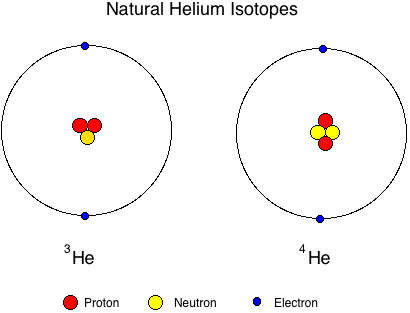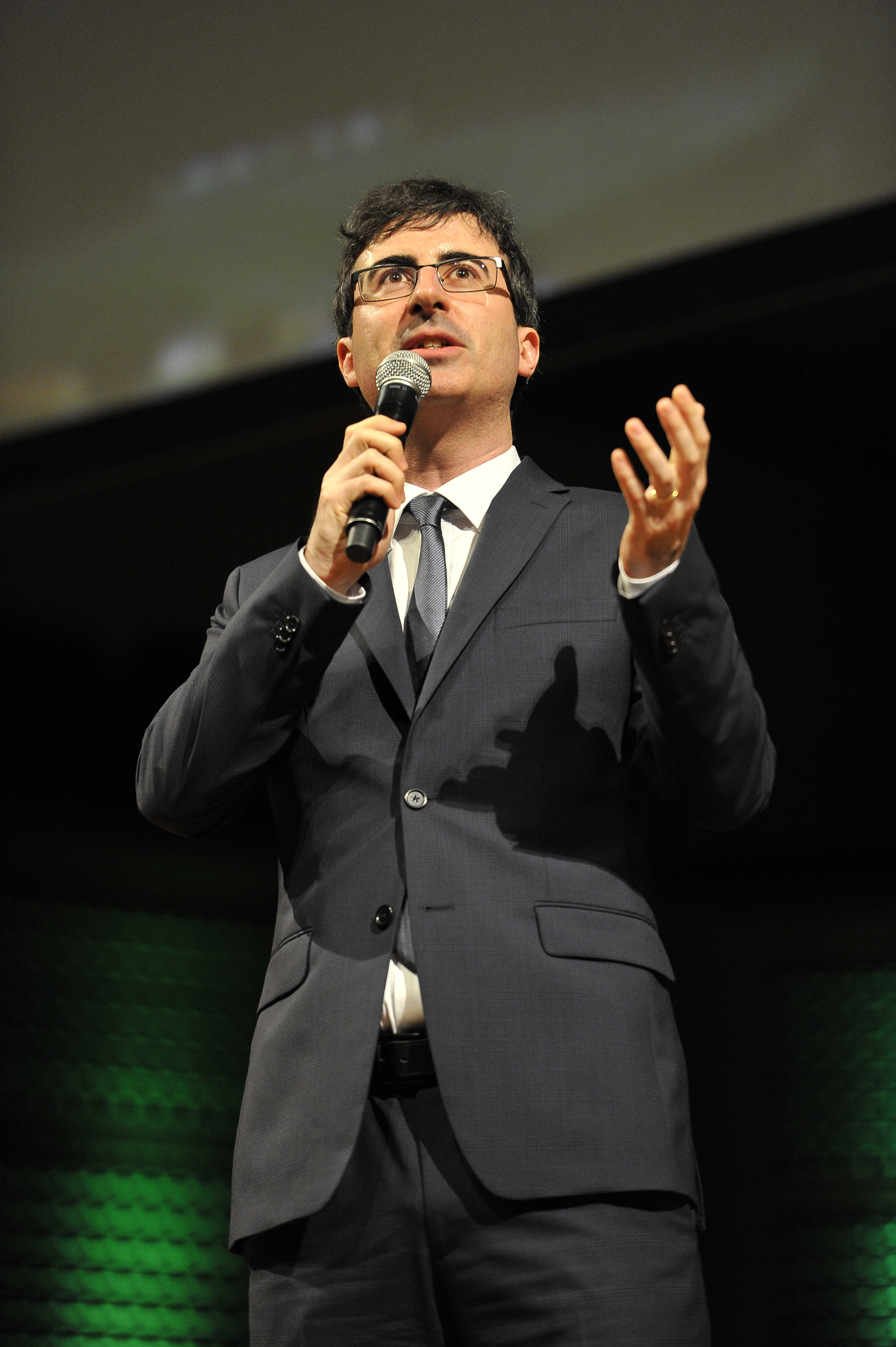Environmental & Science Education
Student Achievement
Edward Hessler
Standards
 |
By Gardenschool1961 (Own work) [CC BY-SA 4.0
(http://creativecommons.org/licenses/by-sa/4.0)],
via Wikimedia Commons |
A standard, in its broadest sense, is something against which other things can be compared for the purpose of determining accuracy, estimating quantity, or judging quality. In practice, standards may take the form of requirements established by authority, indicators such as test scores or operating norms approved of and fostered by a profession.
But that bypasses more interesting and important issues: For what aspects of science education do fully spelled-out national standards make sense? ... to be of much use, standards must be limited and lasting in significance. In that way, standards will free educators to concentrate on the quality of student learning rather than on its sheer quantity.
--
Benchmarks for Science Literacy, Project 2061, 1993
Project 2061 on Benchmarks
 |
By Michael Hicks from Saint Paul, MN, USA (img_6416)
[CC BY 2.0 (http://creativecommons.org/licenses/by/2.0)],
via Wikimedia Commons |
In developing its goal statements for science education,
Project 2061 chose to develop benchmarks rather than standards, taking the view that these are "reference points for analyzing existing or proposed curricula in the light of science-literacy goals". Three years later, the National Research Council (NRC) published the
National Science Education Standards, making the choice to use standards for goal statements that are both "limited and lasting in significance".
In that document, the authors noted that "the term 'standards' has multiple meanings. Science education standards are criteria to judge quality ... criteria to judge progress toward a national vision of learning and teaching science in a system that promotes excellence, providing a banner around which reformers can rally."
Because the cover of the 1996 National Science Education Standards was gold in color, the book was often referred to as "the golden rule".
Following the publication of these two documents, states developed their own standards, many of them were informed by national standards, with some states choosing one or the other of the national documents. Minnesota, for example, developed the
Minnesota Academic Standards in Science.
The Next Generation Science Standards (NGSS)
However, after some 15 years as well as insights from research on how students learn generally and science in particular, it was time to develop a new set of national standards. Minnesota, one of 26 states, worked with a 41-member writing team in the development of the
Next Generation Science Standards (
NGSS). A Minnesota science teacher served on the earth science standards writing team.
 |
By The original uploader was Mgoutsidou at Greek Wikipedia (Own work)
[CC BY-SA 3.0 (http://creativecommons.org/licenses/by-sa/3.0) or
GFDL (http://www.gnu.org/copyleft/fdl.html)],
via Wikimedia Commons |
Currently, fourteen states (including the District of Columbia) have adopted the
NGSS, including Arkansas, California, Delaware, District of Columbia, Illinois, Kansas, Kentucky, Maryland, Nevada, New Jersey, Oregon, Rhode Island, Vermont and Washington. Several other states that have adopted new standards in science that are heavily influenced by the
NGSS. The
NGSS has a subtitle I very much like:
Developed by States For States.
Minnesota's participation in the development of the
NGSS did not include a commitment to adopting the NGSS, indeed that would have been impossible since Minnesota's standards are in statute. The current standards are scheduled for revision in 2018-2019 and it is possible that these new standards will be adopted or strongly influence the revised Minnesota standards for science.
Impediments to their adoption is that grade level benchmarks would have to be written for them and several legislative mandates and requirements would have to be met. The standards development/revision process is described in a
FAQ.
The
National Science Teachers Association (NSTA) has a growing collection of resources for the NGSS. One that I recommend is
Parent Q and A about them. This brochure is a useful introduction to the NGSS for anyone unfamiliar with their content as well as for those who know a little about them. It traces the history of their development, what is significant about them as standards and also how science is learned based on current research in learning.
One of the many services NSTA provides for science educators is a series of position statements. These statements are carefully researched and reviewed before they are published. One of these is the statement on the
NGSS. It includes discussions of the conceptual shifts in these new standards, notes on their implementation, the roles and responsibilities of policy makers, historical background and references that informed the development of the position paper. It is a very useful primer on NGSS.
.jpg)






.png)




